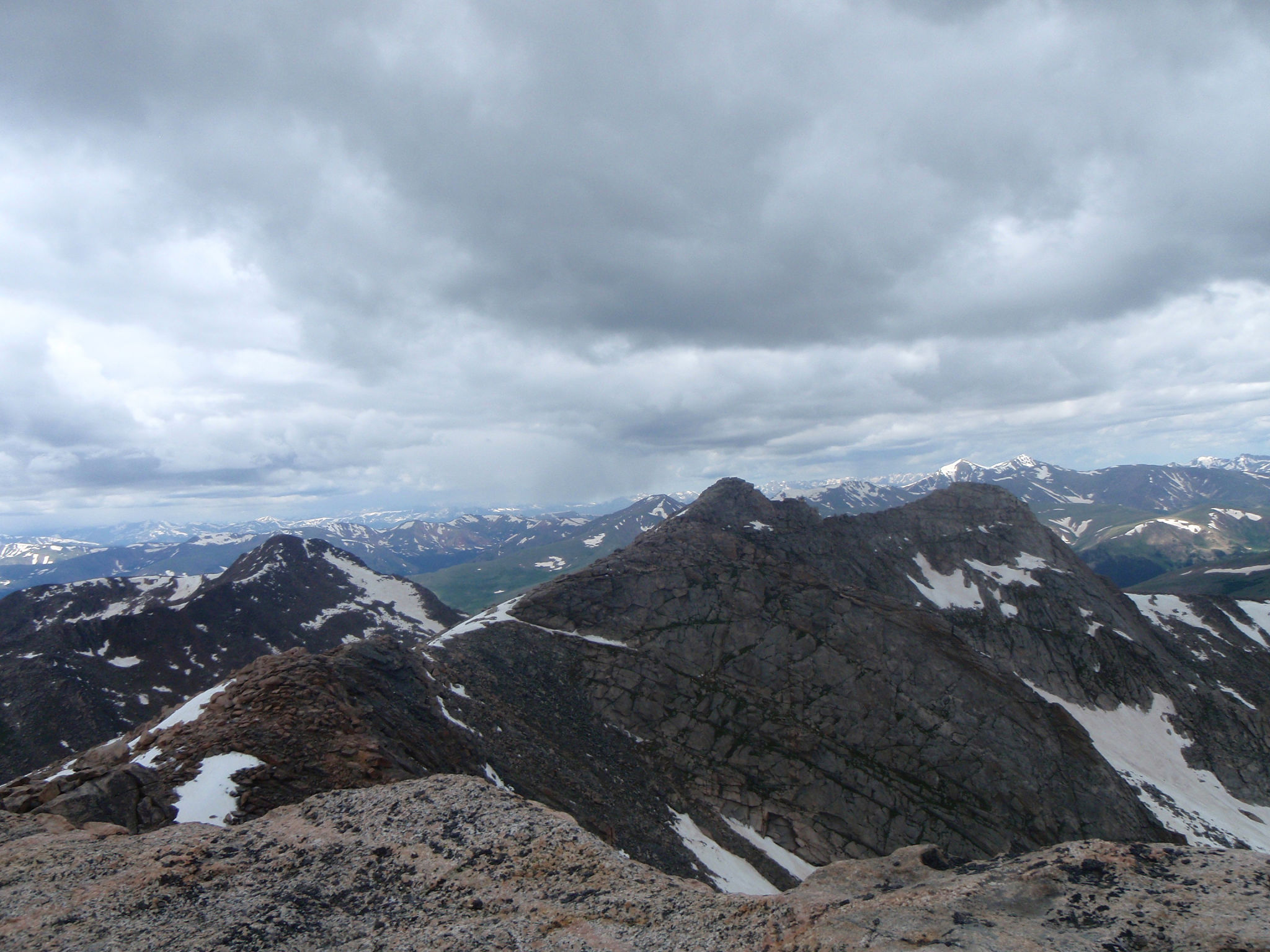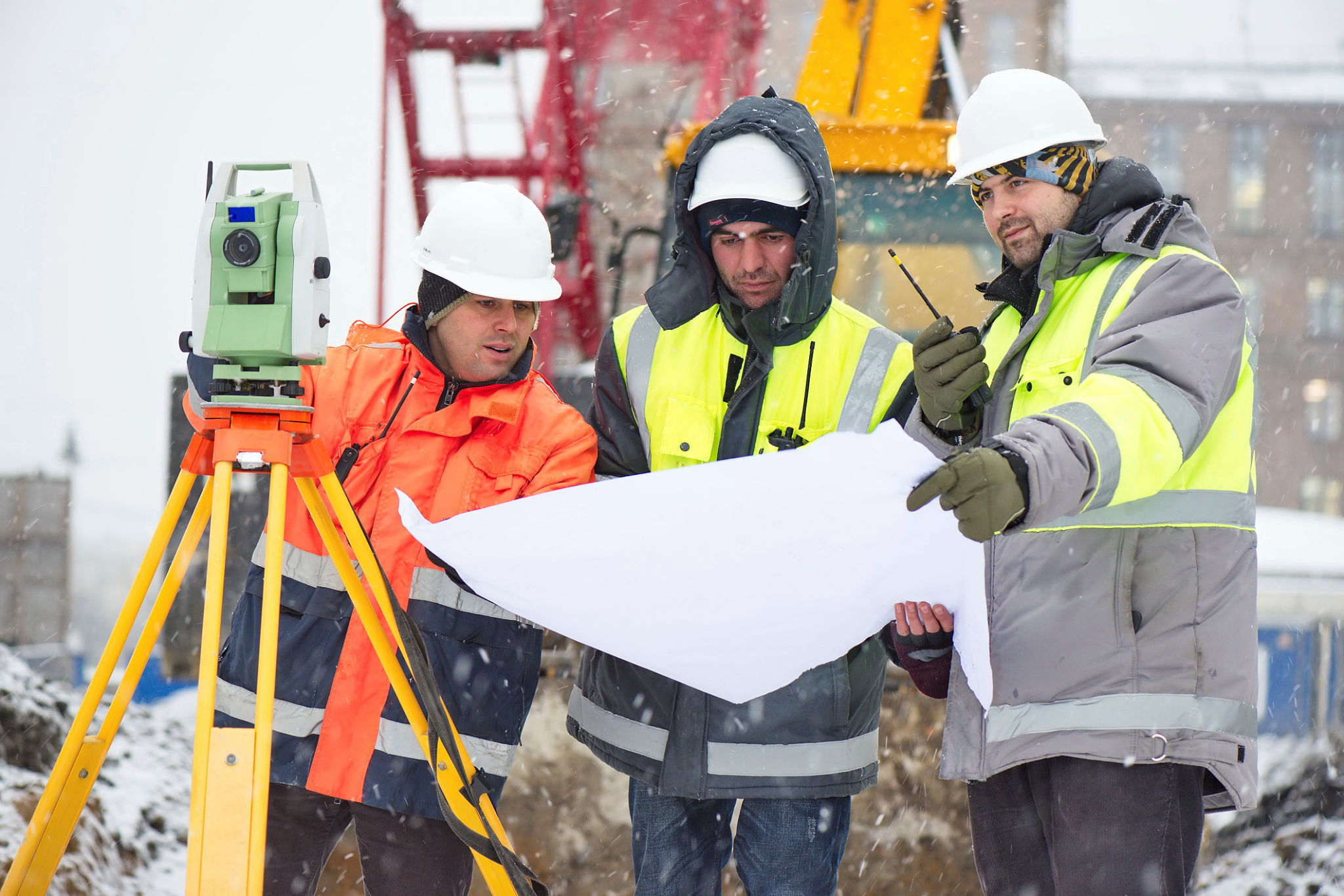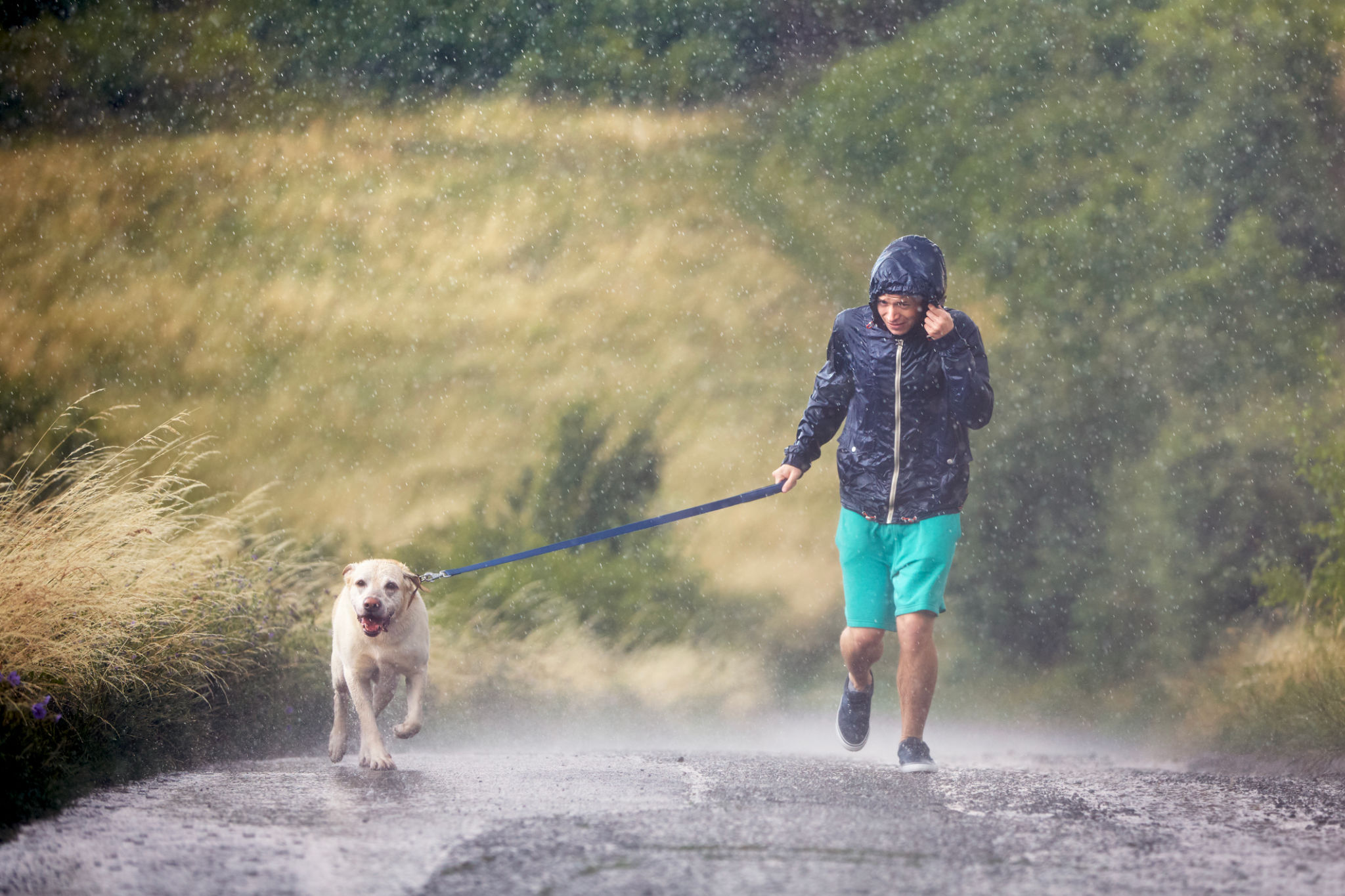- Who We Are
- Project Discovery Form
- Blog
- Outdoor Living Areas
- Construction Services
- Hardscapes
- Dumpster Rentals
- Outdoor Living Features
- Design & Proconstruction
- Sunrooms & Additions
- Patios
- Retaining Walls
- Copyright Policy
- Privacy policy
- Excavation Services
- CMU (concrete masonry units) Block walls
- Stone Veneer
- Concrete
- Client Portal
- Contact
- Careers
- Realestate
- Realestate-2
The Impact of Local Weather on Construction Projects in Clarks Summit
Understanding the Local Climate
Clarks Summit, located in northeastern Pennsylvania, experiences a variety of weather conditions throughout the year. With its proximity to the Appalachian Mountains, the area is subject to unique weather patterns that can significantly impact construction projects. Understanding these patterns is crucial for project managers and construction teams to ensure successful project completion.
The local climate is characterized by cold, snowy winters and warm, humid summers. These seasonal variations require careful planning and adaptability from construction teams to minimize delays and maintain safety standards.

Winter Challenges
Snowfall and Ice
Winters in Clarks Summit can be particularly harsh, with heavy snowfall and icy conditions posing significant challenges to construction projects. Snow accumulation can obstruct access to construction sites, delay material deliveries, and create hazardous working conditions for construction crews.
Moreover, ice can form on structures, equipment, and roads, increasing the risk of accidents and injuries. To mitigate these risks, construction teams often employ strategies such as:
- Scheduling indoor work during peak winter months.
- Using snow removal equipment to keep sites accessible.
- Applying de-icing agents to prevent slip hazards.
Cold Temperatures
Cold temperatures can also affect the curing process of concrete and the performance of machinery. It's essential for contractors to use cold-weather concrete mixes and cover exposed surfaces to retain heat. Additionally, workers need appropriate clothing and equipment to stay warm and safe during freezing conditions.

Summer Considerations
Heat and Humidity
The summer months bring their own set of challenges, with high temperatures and humidity levels potentially impacting both materials and workforce efficiency. Prolonged exposure to heat can lead to fatigue and heat-related illnesses among workers, necessitating regular breaks and hydration stations on-site.
High humidity levels can also affect the drying time of paints and adhesives, requiring adjustments in project timelines. Construction teams may need to invest in ventilated or climate-controlled environments to maintain productivity during these months.
Summer Storms
Thunderstorms are common during the summer in Clarks Summit, bringing heavy rains and strong winds. These storms can lead to flooding on construction sites, which can cause delays and damage to materials. Proper drainage systems and waterproof coverings are essential to protect against storm-related disruptions.

Year-Round Strategies
To effectively manage the impact of local weather on construction projects, contractors in Clarks Summit should implement year-round strategies that include:
- Weather Monitoring: Utilize real-time weather tracking tools to anticipate changes and plan accordingly.
- Flexible Scheduling: Develop adaptable project timelines that account for potential weather delays.
- Resilient Design: Incorporate weather-resistant materials and designs into projects to withstand local climate conditions.
By understanding and preparing for the local weather challenges in Clarks Summit, construction teams can enhance project efficiency, ensure worker safety, and ultimately deliver successful outcomes. Adaptability is key in navigating the unpredictable nature of the region's climate.
